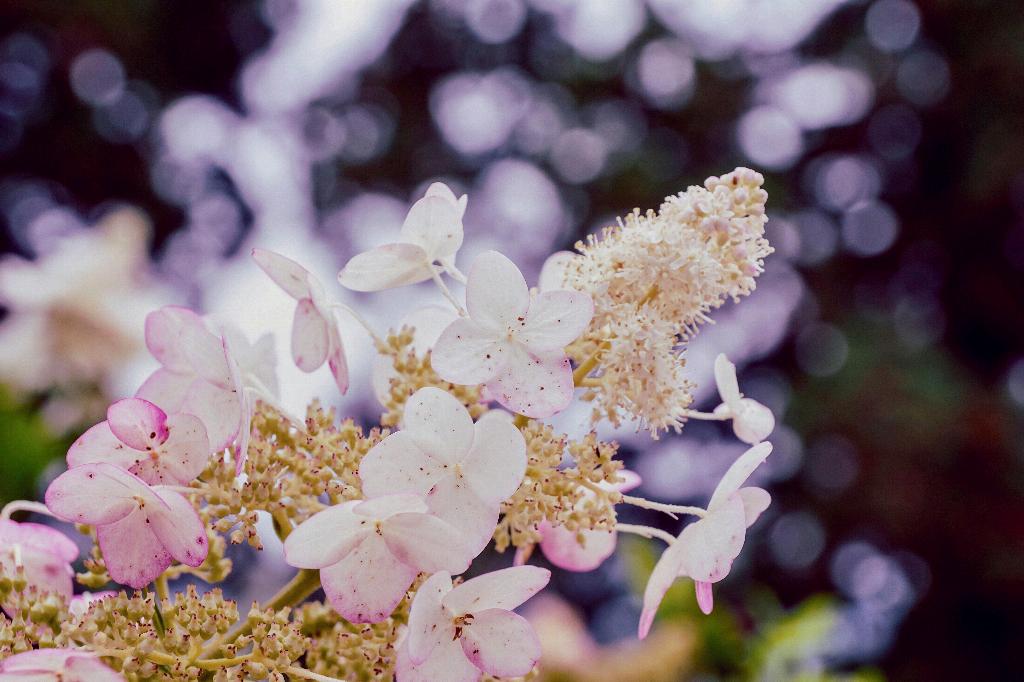Many gardeners adore hydrangeas for their stunning blooms, but what can you do if your hydrangea isn’t blooming as expected? There are several factors to consider to ensure your hydrangea reaches its full blooming potential.
Check Your Growing Conditions
The first step in encouraging your hydrangea to bloom is to assess its growing conditions. Hydrangeas thrive in well-draining soil with adequate moisture and proper sunlight. Ensure your hydrangea is planted in a location that receives the right amount of sunlight for its variety.
Adjust Sunlight Exposure
If your hydrangea isn’t blooming, it may be receiving too little or too much sunlight. Some varieties prefer full sun, while others thrive in partial shade. Check the specific light requirements for your hydrangea and relocate it if necessary to a spot with the ideal sunlight conditions.
Review Your Watering Routine
Proper watering is crucial for hydrangeas to bloom. These plants require consistent moisture, especially during hot and dry periods. However, overwatering can lead to root rot and hinder blooming. Adjust your watering schedule to ensure your hydrangea receives adequate hydration without standing in water.
Prune Wisely
Pruning plays a key role in encouraging blooming in hydrangeas. Improper pruning can remove flower buds and reduce the plant’s ability to produce blooms. Understand the blooming behavior of your hydrangea variety and prune at the right time to avoid cutting off potential blooms.
Consider the Plant’s Health
A hydrangea that isn’t blooming may be stressed or lacking essential nutrients. Conduct a thorough inspection of your plant for signs of disease, pests, or nutrient deficiencies. Address any issues promptly to promote overall plant health and encourage blooming.
Be Patient
It’s essential to remember that hydrangeas can sometimes take time to establish and bloom. Newly planted hydrangeas may focus on establishing their roots before putting energy into blooming. Be patient and provide consistent care to support your plant’s blooming potential.
Consider Soil pH
The soil pH can influence the bloom color of certain hydrangea varieties. For pink or blue mophead and lacecap hydrangeas, lower soil pH for blue blooms and raise it for pink blooms. Conduct a soil test to determine if adjustments are needed to achieve your desired bloom color.
Provide Nutrient-Rich Soil
Hydrangeas thrive in nutrient-rich soil that provides essential macronutrients and micronutrients for healthy growth and blooming. Consider amending your soil with compost, organic matter, or a balanced fertilizer to ensure your hydrangea has access to the nutrients it needs to bloom abundantly.
Protect from Extreme Conditions
Extreme weather conditions, such as frost or heatwaves, can stress hydrangeas and affect their blooming. Take precautions to protect your plant during temperature extremes to prevent flower bud damage. Mulching around the base of the plant can help regulate soil temperature and moisture levels.
Consult with a Gardening Expert
If you’ve tried various strategies to encourage blooming in your hydrangea without success, don’t hesitate to seek advice from a gardening expert or local nursery. They can offer personalized recommendations based on your specific plant variety and growing conditions.
Final Thoughts
Getting your hydrangea to bloom requires attention to detail, from providing the right growing conditions to addressing any underlying issues that may be hindering blooming. By understanding your plant’s needs and implementing appropriate care strategies, you can enjoy a lush display of blooms from your hydrangea.

